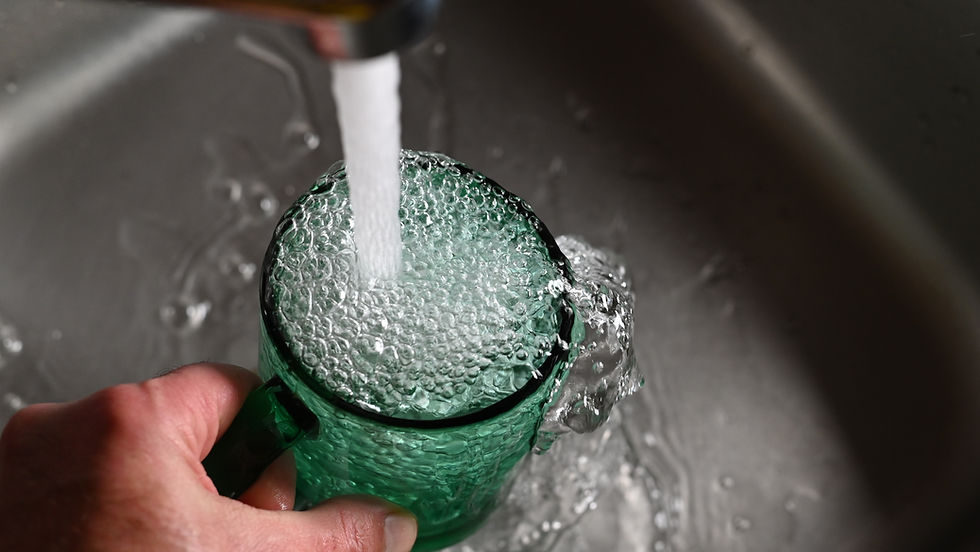Extraction Explained: Unlocking Better Coffee at Home
- Simon from Home Barista Lab

- May 29
- 2 min read

You hear the word extraction a lot in coffee conversations. But what does it really mean — and more importantly, why should you care? The answer is simple: understanding extraction is one of the most powerful ways to improve your brewing, no matter what gear you have.
What is extraction?
Extraction is the process of pulling soluble compounds from ground coffee into water. It’s how dry grounds become a drink. During brewing, water dissolves acids, sugars, oils, and bitter compounds — in that order — and what ends up in your cup depends on how much (or how little) is extracted.
Why extraction matters
A good cup of coffee is a balanced extraction. You want enough acids and sweetness to shine, without letting bitterness take over. When extraction is off, your coffee will taste off — and the fix usually isn’t complicated. Knowing how to read your cup gives you the tools to correct it.
Under-extracted coffee
Tastes sour, sharp, or overly bright. Often thin or weak in body. This happens when water doesn’t extract enough from the coffee — usually due to too coarse a grind, too short a brew time, or too little water. You get some acids, but not the sweetness or depth that follows.
Over-extracted coffee
Tastes bitter, dry, hollow or harsh. This happens when water pulls too much from the coffee — often due to too fine a grind, too long a brew, or not enough coffee. Instead of balance, you’re left with astringency and harshness that overpower the cup.
How to adjust
If your coffee is sour or sharp, try grinding slightly finer, increasing brew time, or adjusting your ratio to use a bit more water. If it’s bitter or drying, grind a touch coarser, shorten the brew time, or reduce the dose slightly. Always change just one thing at a time so you can isolate the effect.
Taste as your guide
The most useful extraction tool isn’t a refractometer — it’s your tongue. With a bit of practice, you’ll start to recognise what sourness, sweetness and bitterness tell you about your brew. The more intentional you are, the more dialled-in your results will be.
Keep the rest steady
When you’re learning to manage extraction, try to keep everything else as consistent as possible — same beans, same method, same gear. This helps you focus on one change at a time, which makes learning faster and more intuitive.
Final Pour
Extraction is the heart of coffee brewing. Once you understand how it works — and how it tastes — you gain control over your cup. You don’t need fancy equipment, just curiosity, attention, and a willingness to taste, adjust, and try again.
Want hands-on help mastering your brew? Join us for a Home Barista Workshop or book a Setup Consultation. We’ll walk you through the details, one cup at a time.
Explore our workshops here or message us anytime. We’re here to help.



Comments